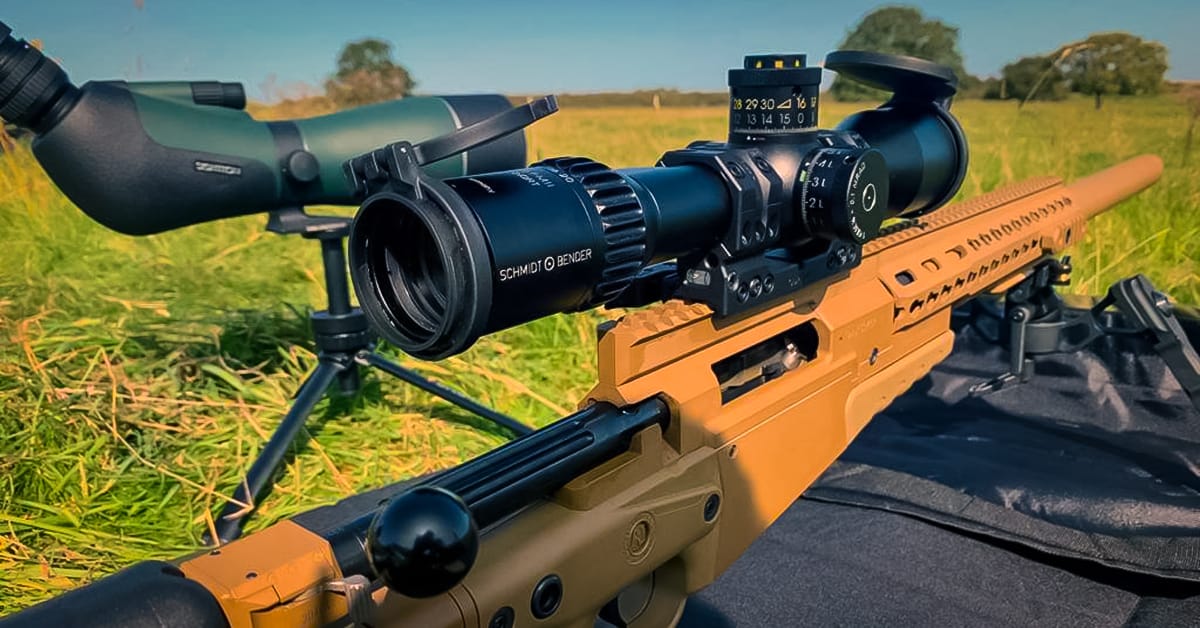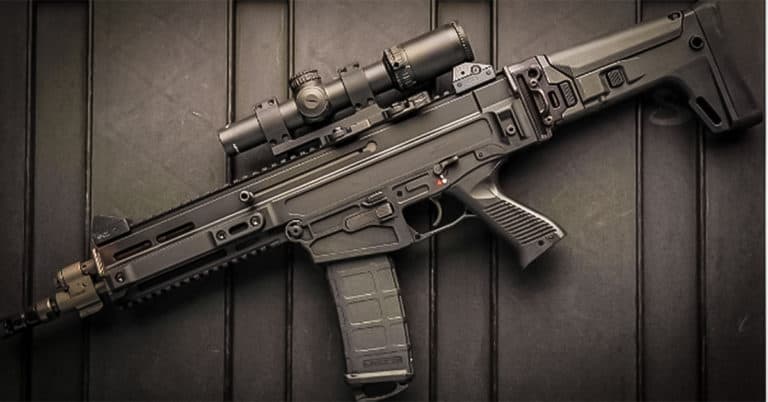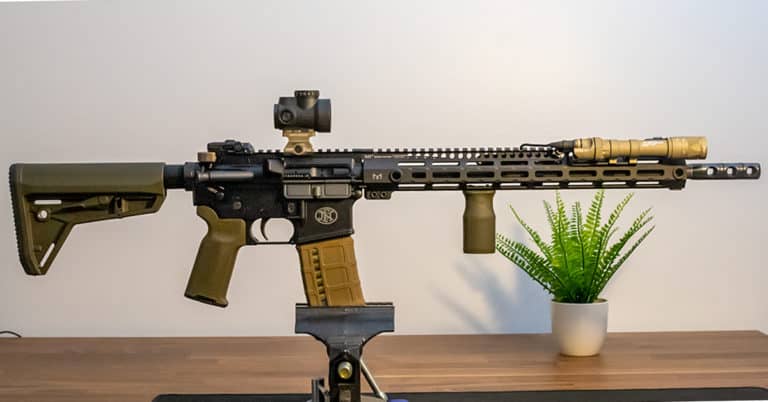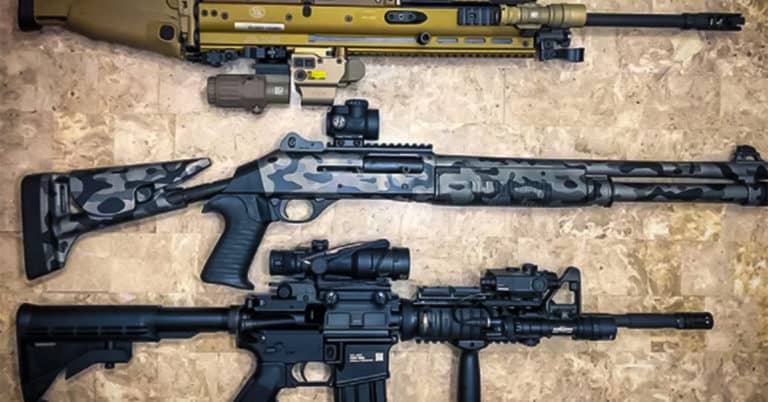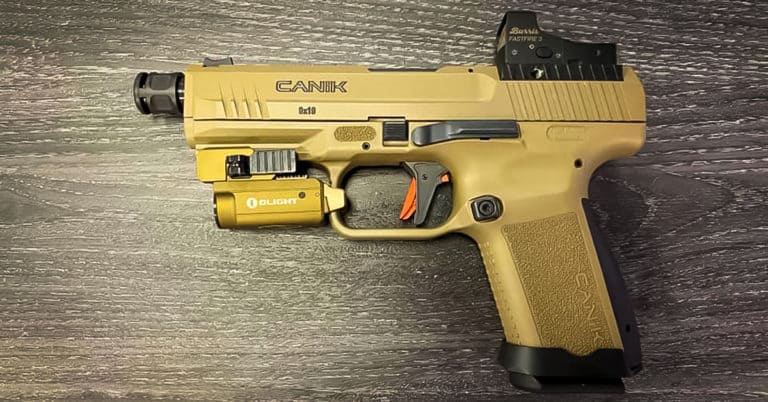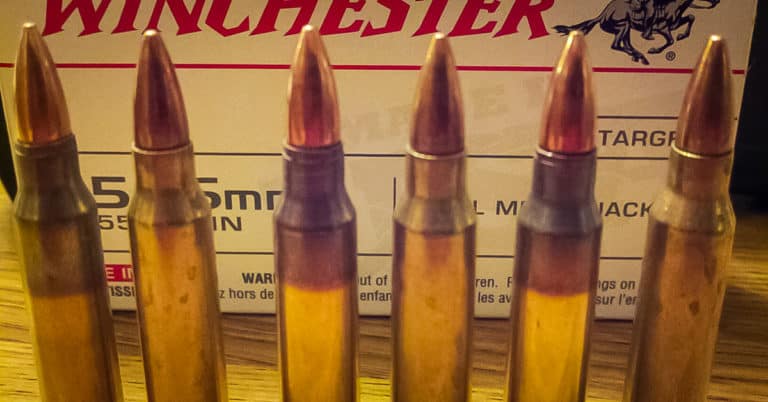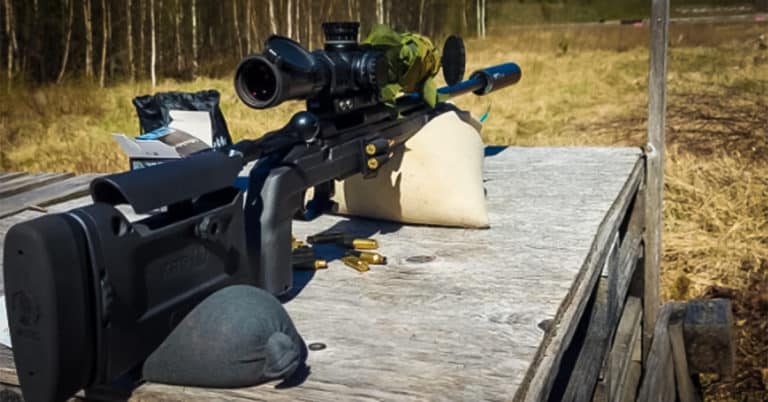MOA vs MRAD (Complete Guide)
Rifle scopes come in two primary flavors, MOA and MRAD.
If you’re more comfortable using the metric system, like meters and centimeters, then MRAD might be the way to go.
On the other hand, if you’re more used to working with the imperial system, such as yards and inches, then MOA might be a better fit for you.
No matter what rifle scope you choose, an MOA scope with mil dot reticle or one of the MRAD rifle scopes, you need to understand how the rifle scopes work.
But we can dive deeper if you want a more in-depth understanding of the differences between MOA and MRAD.
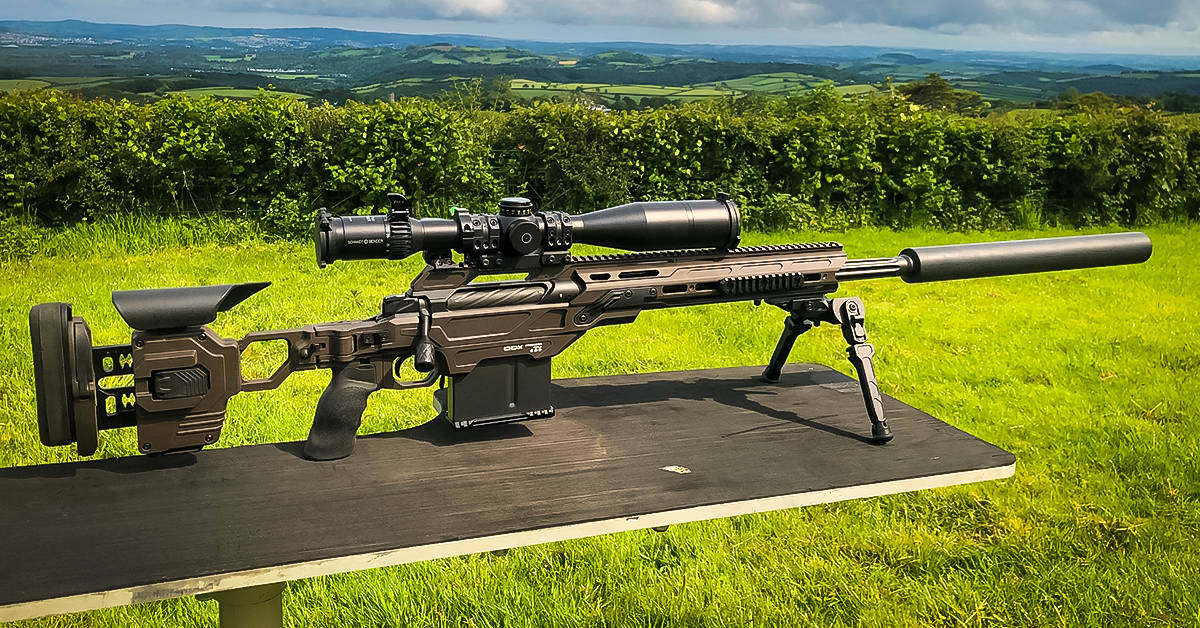
MOA vs. MRAD: Why It’s Important
Understandably, you might be wondering why MOA and MRAD are worth considering in the first place. After all, they’re just units of measurement.
Well, here’s the thing: MOA and MRAD are both commonly used in long-range shooting to adjust the point of aim.
They help shooters to make precise adjustments to their scope or sight and fine-tune their aim, even over long distances.
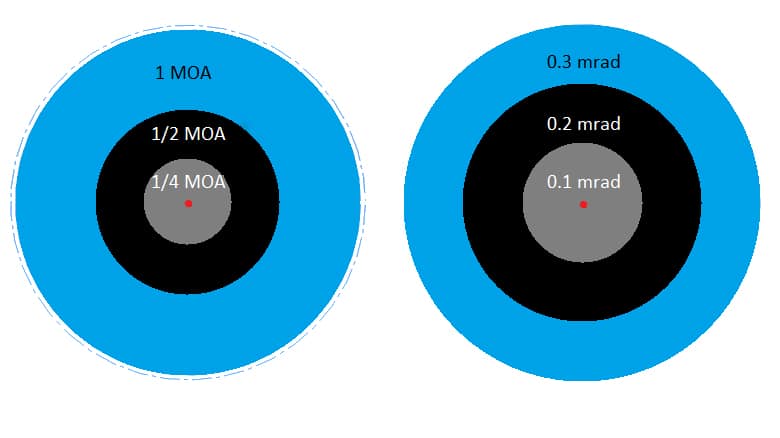
Using MOA or MRAD, a shooter can make minor and accurate adjustments to their point of aim, which can make a big difference in hitting the target.
MOA and MRAD are also used to measure angular measurements, which can be helpful in other fields like mapping, navigation, and surveying.
So, while they might seem like minor details, MOA and MRAD can significantly impact a shooter’s accuracy and precision, which is why they’re worth caring about.
What Is An MOA Rifle Scope
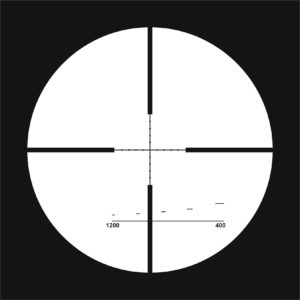
An MOA (Minute of Angle) scope is a type of optical sight commonly used in long-range shooting. It is designed to help shooters accurately hit targets at several hundred yards or more.
An MOA is a unit of measurement that is used to describe the size of an angle. In the context of shooting, one MOA is equal to 1.047 inches at 100 yards. An MOA scope is built with adjustments that allow the shooter to make fine adjustments to the point of aim, measured in MOA.
These scopes are popular among long-range shooters, hunting enthusiasts, and even in military & law enforcement agencies.
It’s important to note that these scopes are not for beginners and require proper training, knowledge, and practice to use effectively. But for the experienced shooter, an MOA scope can be an invaluable tool to help you hit your target with precision and accuracy.
History Of MOA
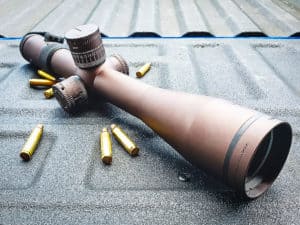
MOA’s origins as a measurement unit can be traced back to the late 19th century when long-range and target shooting were becoming increasingly popular.
At the time, the most common unit of measurement for angles was the degree, but this unit was not well suited for making fine adjustments to the point of aim at long distances.
To address this problem, the MOA was developed as an alternative unit of measurement. It equals 1.047 inches at 100 yards or 2.91 centimeters at 100 meters.
This unit is smaller than a degree, making it more suitable for making precise adjustments at long distances.
The MOA quickly became a widely accepted standard in long-range and target shooting and is still widely used today.
It’s also worth noting that the use of MOA rifle scopes in long-range shooting is not limited to the United States. It is also used in other countries but is less popular than MRAD.
What Is An MRAD Rifle Scope
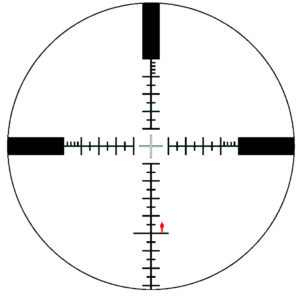
An MRAD (Milliradian) scope is a type of optical sight similar to an MOA (Minute of Angle) scope. Like an MOA scope, an MRAD scope is designed to help shooters accurately hit targets at long distances.
MRAD rifle scopes use the metric system. The metric system isn’t as popular or used as much in the US compared to the rest of the world.
However, while an MOA is a unit of measurement used to describe the size of an angle, an MRAD is a unit of measurement used to describe the size of an angle in milliradians. One Milliradian is equal to 0.001 radians, equivalent to 3.438 MOA.
MRAD scopes are built with adjustments that allow the shooter to make fine adjustments to the point of aim, measured in MRAD. These scopes are popular among long-range shooters and military and police snipers.
Most tactical rifle scopes on the market will usually use MRAD as their method of angular measurement using the metric system. You can find a tactical rifle scope with an MOA reticle though.
It’s also worth noting that MRAD and MOA are both angular measurements. Still, MRAD’s graduations are smaller, so shooters may have to make more adjustments but with higher precision. As with the MOA scopes, proper training, knowledge, and practice are required to use MRAD scopes effectively.
History Of MRAD
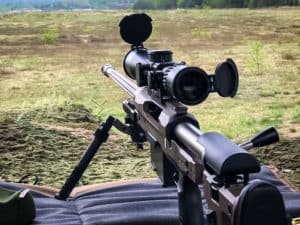
Milliradians, or MRAD, is based on the radian, a unit of measurement used in mathematics and physics to describe the size of an angle.
The radian was first defined in the early 1800s by the mathematician Johann Heinrich Lambert, who was working on a treatise on trigonometry.
He used the radian to define the relationships between the angles and the arc lengths of circles. The term “radian” was coined in 1873 by James Thomson, the brother of Lord Kelvin, who needed a name for this unit of angle measurement.
The milliradian, or MRAD, is a derivative of the radian and is equivalent to one-thousandth of a radian. Its use in the field of ballistics and long-range shooting came into prominence around the Cold War era.
The milliradian was a popular measurement system for the military, mainly for artillery and missile systems, because it allowed for more precise adjustments than traditional units of angle measurement like the MOA (Minute of Angle) and the Degrees.
MOA vs. MRAD Rifle Scope Turrets

In an MOA-based rifle scope, the turrets are marked in MOA increments. One MOA is equal to 1.047 inches at 100 yards, so if the shooter wants to make a 1 MOA adjustment, they will turn the turret to move the point of aim 1.047 inches at 100 yards.
Because the increments are in MOA, the shooter will have to make more adjustments as the distance to the target increases.
On the other hand, in an MRAD-based rifle scope, the turrets are marked in MRAD increments. One MRAD equals 1/1000th of a radian, equivalent to 3.438 MOA.
So for a 1 MRAD adjustment, the shooter would turn the turret to move the point of aim 3.438 inches at 100 yards.
As MRAD is smaller than MOA, the shooter would need to make fewer adjustments as the distance to the target increases.
Related Articles
MOA vs. MRAD in Rifle Scope Reticles
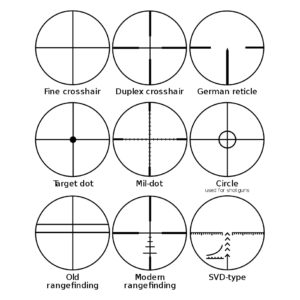
An MOA-based reticle is typically marked with hash marks or other markings representing a certain number of MOA.
This allows the shooter to use the reticle as a reference point for adjusting the turrets and making holdovers, adjusting for the bullet drop.
Because the increments are in MOA, the shooter will have to make more adjustments as the distance to the target increases.
An MRAD-based reticle is also typically marked with hash marks or other markings representing a certain number of MRADs.
This allows the shooter to use the reticle as a reference point for adjusting the turrets and making holdovers. Because MRAD is smaller than MOA, the shooter would need to make fewer adjustments as the distance to the target increases.
MOA vs. MRAD: Which is better?

Both have their advantages and disadvantages and are somewhat of the same system. It ultimately comes down to personal preference and what the shooter feels more comfortable using.
MOA is a more traditional unit of measurement and is commonly used in the United States, so many shooters may find it more familiar and easier to use.
The increments in MOA are larger, making adjustments and holdovers easier. Still, the adjustments will have to be made more frequently as the distance to the target increases.
MRAD, on the other hand, is considered to be more precise because the increments are smaller. This means that the shooter will have to make fewer adjustments as the distance to the target increases. Still, it also means that the adjustments will be more precise.
The smaller increments can also make it more challenging to make adjustments, especially for shooters who are less experienced. MRAD is also used widely in military and law enforcement agencies worldwide.
Ultimately, the choice between MOA and MRAD comes down to the shooter’s level of experience, intended use, and personal preferences.
Both have benefits and drawbacks and can be used to achieve accurate and precise results.
Shooters need to try out both systems, see which one they prefer, gain knowledge of their chosen method, and practice with it accordingly.
MOA vs. MRAD FAQ
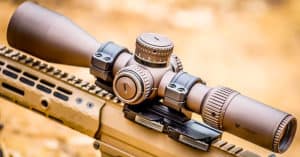
What is the difference between MOA and MRAD?
MOA is a unit of measurement used to describe the size of an angle, and it stands for Minute of Angle. MRAD is also a measurement unit used to describe an angle’s size and stands for Milliradian.
How are MOA and MRAD used in a rifle scope?
MOA and MRAD are used in the turrets of a rifle scope, which are the knobs or dials that allow the shooter to adjust to the point of aim. The reticle can also be marked in MOA or MRAD.
Which is more precise, MOA or MRAD?
MRAD is considered more precise because the increments are smaller. However, this may come at the cost of ease of use.
Which is more commonly used, MOA or MRAD?
MOA is more commonly used in the United States. In contrast, MRAD is used widely in military and law enforcement agencies worldwide.
Which should I choose, MOA or MRAD?
The choice between MOA and MRAD comes down to the shooter’s level of experience, intended use, and personal preferences. Both have their benefits and drawbacks and can be used to achieve accurate and precise results. Shooters need to try out both systems, see which one they prefer, gain knowledge of their chosen method, and practice with it accordingly.
Further reading on Firstworldcrusader.com: Are you interested in learning more about guns and gear?
This list of the Best Red Dot Sights can help you choose the best optic for your rifle.
In addition, here are the Best AR-15 Upgrades & Accessories that can help you get more out of your primary battle rifle.

